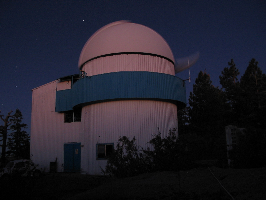- Determine statistically the duty cycle (variability in total
and polarized light, changes/stability of polarization angle etc.)
on timescales of days on a long-term basis and compare them with
other properties of the sources. This will be done for the "bright" sources.
- Monitor the sources as part of the
GASP = The GLAST -
AGILE Support Program and to set an alert in case of
unexpected high activity of one of the sources.
- Participate in multi-lambda campaigns initiated due to high
activity of one of the GASP-sources (or others).
|





